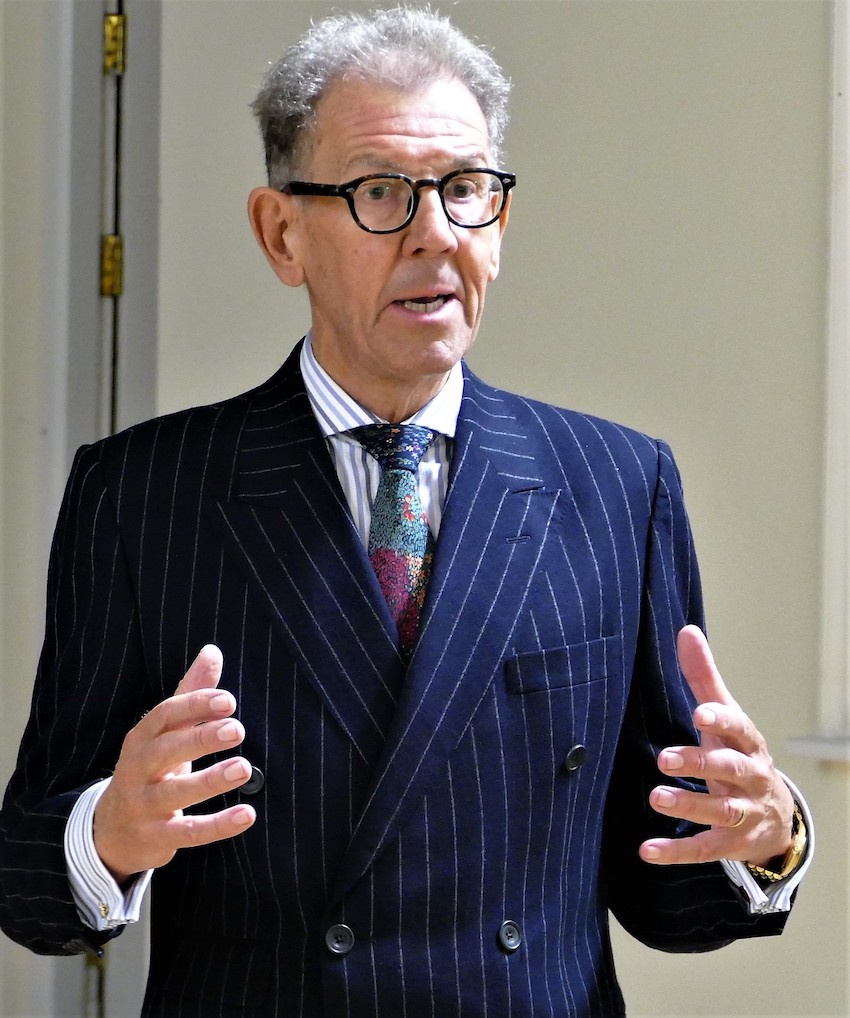


In May 2017, a headline in the British Daily Mail read: “Hitler’s British death island: Nazis murdered 40,000 in Channel Island concentration camps."
Written by Colonel Richard Kemp and John Weigold, two former army officers turned military historians, it speculated that during the Nazi occupation between 1941 and 1945 the island of Alderney became “the biggest crime scene in British history”.
The story, and a follow up published later, suggested that rather than the 389 prisoners and labourers originally believed to have been killed on the island, the number of dead could be as high as 70,000 and that the Nazis had thrown the bodies of the victims into the sea or burned them.
In October 2013, another report - this time in the Observer - claimed previously unseen aerial photographs taken in June 1944 showed a mass grave on the island, one kilometre from Fort Albert, and that workers had been executed and buried at the site.
These allegations and many others like them prompted a formal UK government review into the Nazi occupation of Alderney, headed by former Conservative cabinet minister and member of House of Lords, Eric Pickles, the UK’s Holocaust envoy, and staffed by a dozen historians.
Their findings, revealed on May 22 at an event at London’s Imperial War Museum, have concluded that the highest likely death toll in Alderney under Nazi rule was at most 1,134 and more likely between 641 and 1027, substantially more than originally believed to have died - but far fewer than has been suggested in sensational tabloid newspapers in recent years.
Unveiling the report, Lord Pickles criticised the “amateur historians” that have claimed that Alderney was a “mini-Auschwitz” during World War II, or that tens of thousands - rather than hundreds of people - died on the island. Pickles said that he hoped the report would give future commentators pause for thought before making sensational claims about Alderney.
Speaking at the event on Wednesday, Pickles added that the description of Alderney as a mini-Auschwitz was “deeply insulting” to the memory of the millions of Nazi victims and betrayed an ignorance of both what happened at Nazi extermination camps in mainland Europe.
“Anybody who suggests this does not understand what Auschwitz was [or] the sheer vileness of the Nazi killing machine,” he said.

Pictured: Press, historians and dignitaries gathering at the Imperial War Museum on 22 May.
Pickles said that an average of 14,000 to 15,000 people a day were murdered at European death camps, which were served by infrastructure like railways and designed to enable the extermination of huge numbers of people in a very short time frame.
The 96-page report dismantles many of the claims about the death toll on Alderney, including that bodies were burned or thrown into the sea, as well as theories about hidden mass graves or victims being buried inside the concrete fortifications of Hitler’s Atlantic wall.
It specifically mentions claims by Marcus Roberts, the founder of Anglo-Jewish heritage organisation, JTrails, who said in August 2023 that a previously unseen World War II aerial reconnaissance photograph revealed mass graves. He suggested that French Jews had been murdered and buried there and their deaths not recorded in earlier surveys.
“It is possible that French Jews still lay undetected and unremembered at this site. Alderney as yet has not given up all its grim horrors and secrets,” Roberts told the Observer.
The Alderney report counters that not only is there no evidence for the murder and burial of workers at the site, but that it would make little sense for the Nazi occupiers.
“The suggestion that prisoners were digging burials into granite bedrock in the middle of a hurried programme of upgrading the Atlantic Wall seems somewhat counter intuitive. It also makes little sense to execute prisoners at this time,” the report says.
It also takes aim at the theory that the bodies of many unknown victims of the Nazis were burned, pointing out not only that the process of burning large numbers of corpses was logistically very difficult, but that it would been visible to other prisoners. Given the amount of survivor testimony and the fact that no one mentioned the burnings makes it unlikely, it said.
“The fact that there is no material evidence - remains of pits or iron rails, which were an essential part of the pyres in the East - suggest that open-air cremation as an explanation for the absence of tens of thousands of corpses - is not plausible,” the report said.
All Island Media has reached out to Roberts, Kemp and Weigold for a reaction to the report.
Pictured: Lager Sylt, one of the concentration camps in the island.
Pickles told journalists, diplomats and researchers gathered at the museum that while he was personally not familiar with Roberts, he had found the amount of misleading information that has been published about Alderney since the panel began its work and before distressing.
“It has been to the distress of the families of those that perished and to the people of Alderney, who have had to wake up to the most ridiculous of claims,” he said.
Pickles was flanked by Cambridge Professor Gilly Carr, who was Alderney’s representative to the International Holocaust Remembrance Alliance until she was removed from the post in October 2023 for comments she made about the hostility of some people in Alderney towards Holocaust experts. Carr has since apologised for the comments, which were made in a private forum. Carr remains the IHRA representative for Guernsey and Jersey.
Asked what steps she would like the Alderney government to take since the publication of the report, Carr said she’d like to see information plaques at the sites of all four major camps on the island: Sylt, Norderney, Helgoland and Borkum.
All four camps were originally run by Organisation Todt until, in 1943, Sylt was taken over by the SS, and conditions for the prisoners worsened, being likened to conditions in concentration camps in mainland Europe and leading to an increase in the deaths of prisoners.

Pictured: William Tate, President of the States of Alderney, attended the presentation on behalf of the island.
In reply, Alderney’s president, William Tate, who was present in London, said that there were already information boards at three of the sites, and that all four would soon be included in a conservation area on the island. “Our commitment is to make as much information available as possible,” he said.
A large section of the report dealt with the presence of Jewish prisoners on the island, including the 594 Jews that were brought to Alderney from France in 1943. The prisoners were spouses of non-Jewish women, and as such they could be sent to concentration camps but not to extermination camps. Four of the men died during their time in Alderney.
Historians attribute the relatively low death toll amongst the Jewish prisoners to the fact that most of the men were sent back to France in 1944, and that the solidarity and cohesion within the group was strong. A survivor, Dr Henri Uzan, a survivor, said that the men were buoyed by the relatively good weather and the fact that they could see France from Alderney on clear days.
In conclusion, the report “largely confirms the big picture of the knowledge about wartime Alderney before it became the object of distortions a decade ago.
“There will always be those who, assuming the mantle of the intrepid maverick, will dismiss the report as the typical consensus thinking amongst establishment historians.
“But at the end of the day, the results of the report do not radically change the decision of earlier generations, namely that the wartime history of Alderney was not to have a key place in the collective memory of the United Kingdom, Europe, or the world at large.”
Professor Anthony Glees, an adviser on the review, said that he hoped the research would persuade governments to invest in education about World War II and the Holocaust.
Comments
Comments on this story express the views of the commentator only, not Bailiwick Publishing. We are unable to guarantee the accuracy of any of those comments.